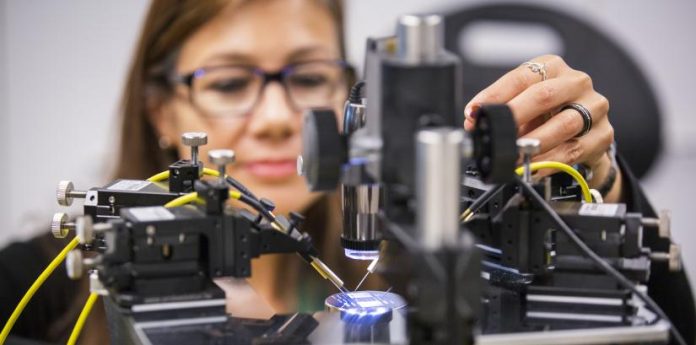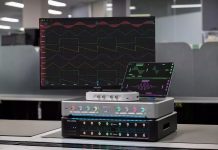
Professor Francesca Iacopi, an expert in nano-electronics and materials, and her team at the University of Technology Sydney have developed a biosensor that is expected to spur new developments in brain-controlled robotics.
The revolutionary biosensor, made of epitaxial graphene, clings to the skin of the face and head to detect electrical signals sent by the brain. These signals can subsequently be turned into directives for controlling self-driving robots.
The novel technology is extremely scalable and overcomes three fundamental drawbacks of graphene-based biosensing: corrosion, durability, and skin contact resistance.
Graphene is a nanomaterial that is frequently employed in biosensor development. However, many of these items have been designed as single-use applications and are susceptible to delamination when exposed to sweat and other types of moisture on the skin.
The UTS biosensor, on the other hand, can be utilized for extended periods of time and re-used several times, even in very saline settings.
“We’ve been able to combine the best of graphene, which is very biocompatible and very conductive, with the best of silicon technology, which makes our biosensor very resilient and robust to use,” said Professor Iacopi.
“With our sensor, the contact resistance improves when the sensor sits on the skin. Over time, we were able to achieve a reduction of more than 75 per cent of the initial contact resistance. This means the electric signals being sent by the brain can be reliably collected and then significantly amplified, and that the sensors can also be used reliably in harsh conditions, thereby enhancing their potential for use in brain-machine interfaces.”
The study of the biosensor has been published in the Journal of Neural Engineering


















